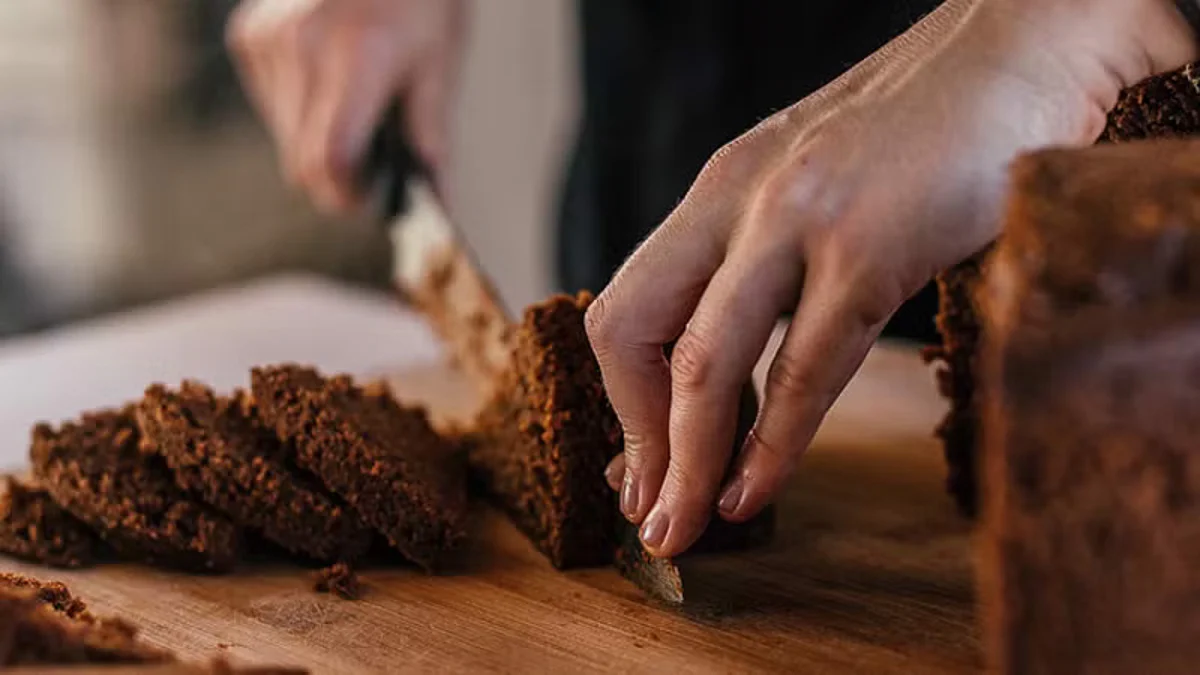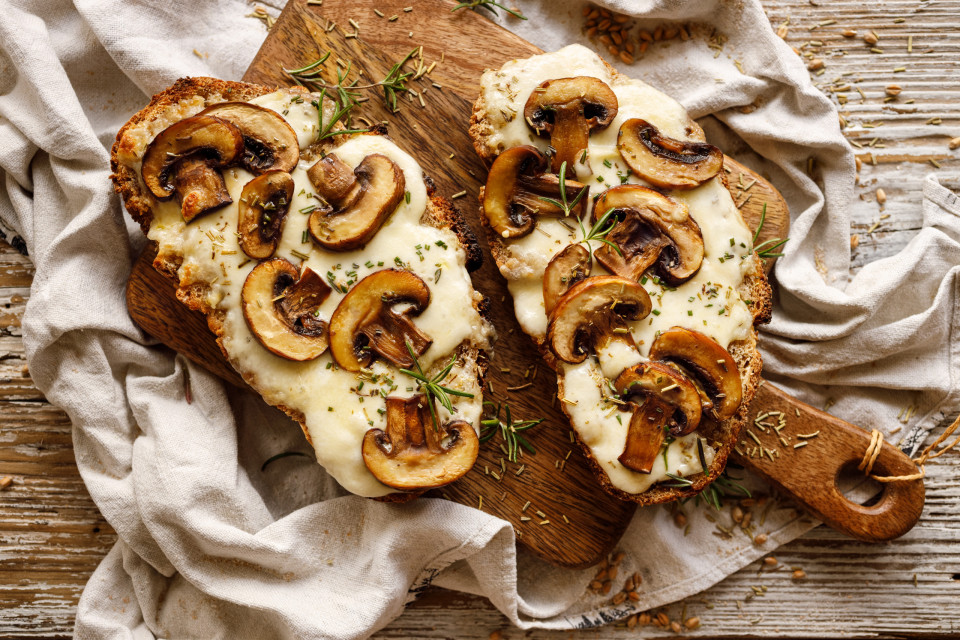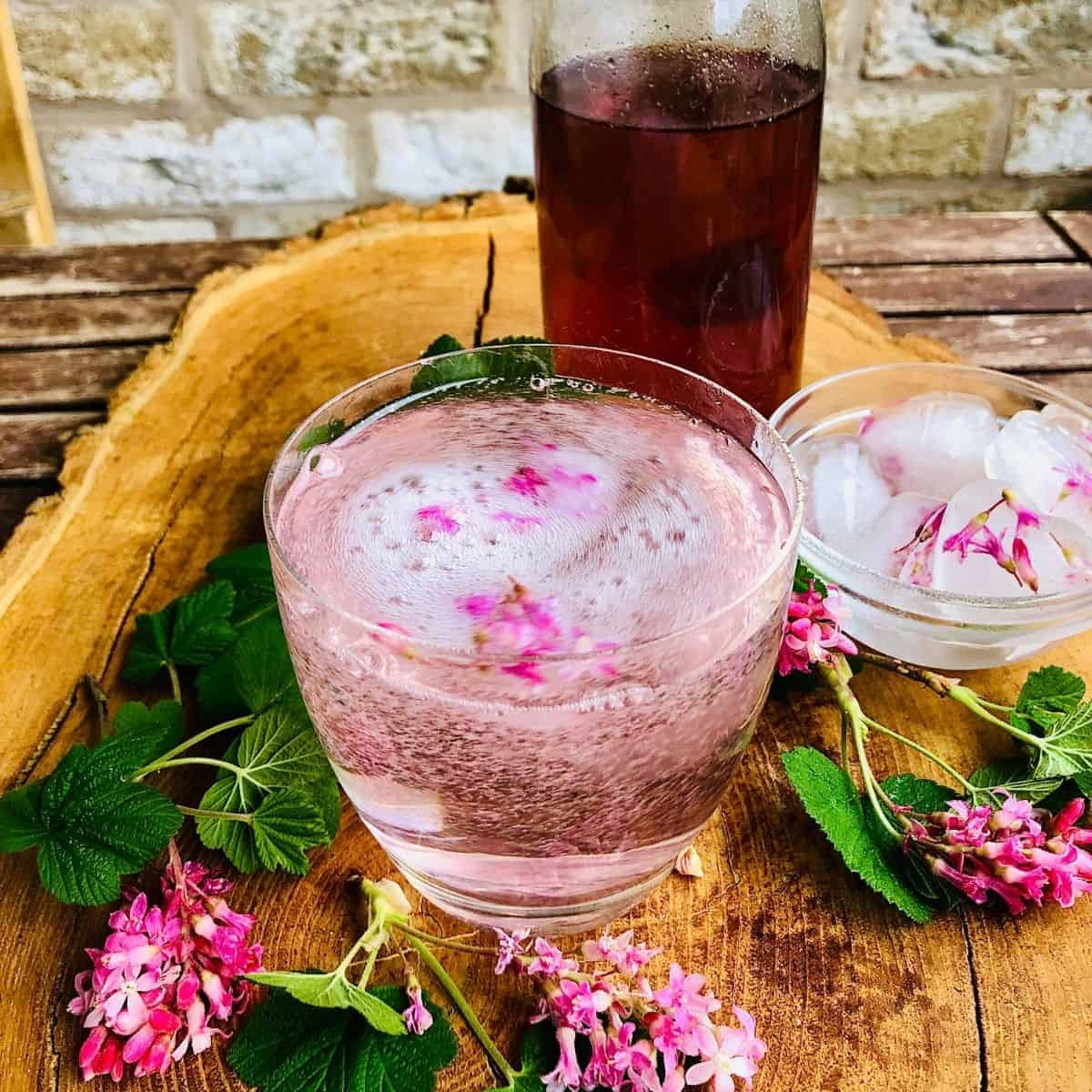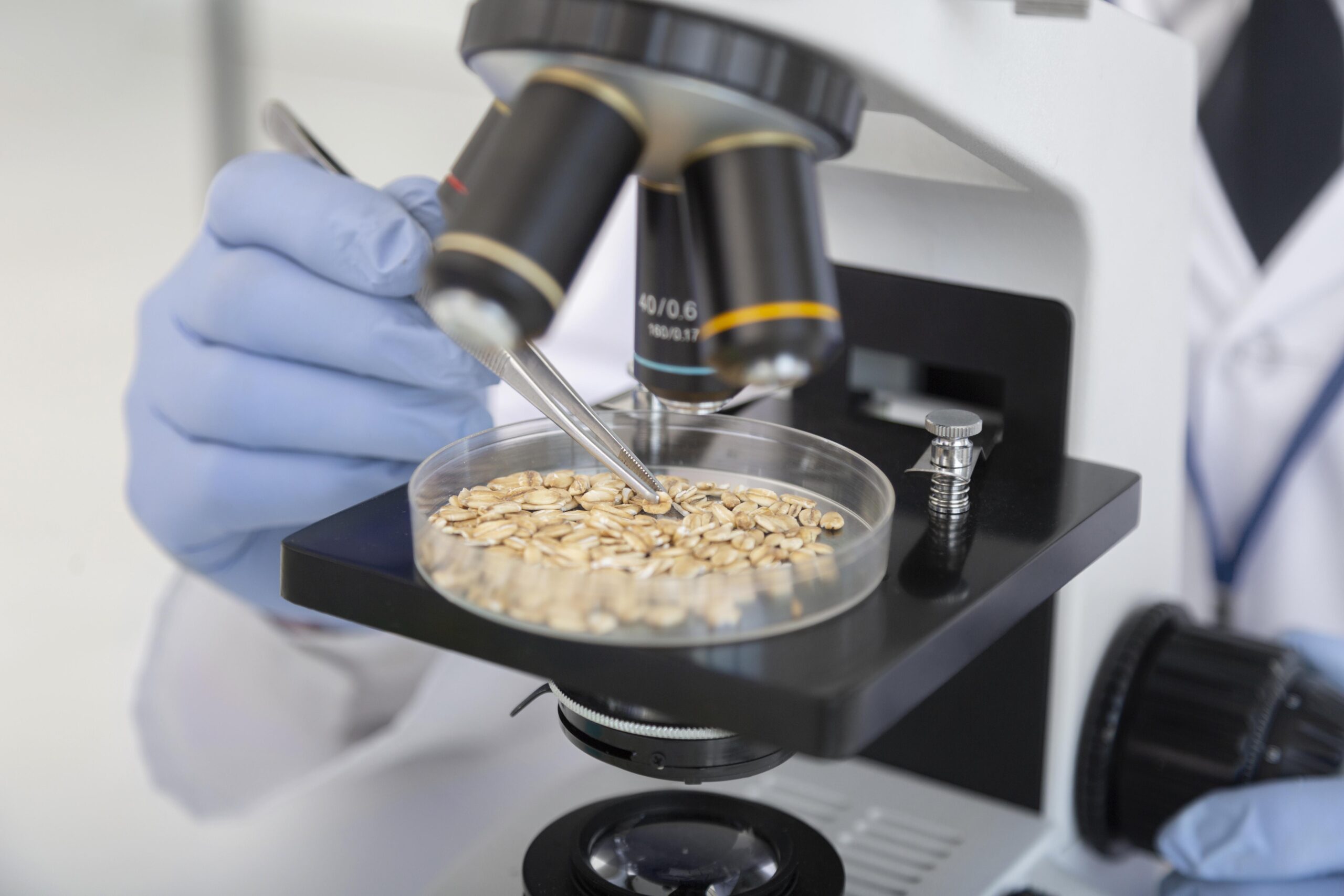When it comes to unique and ancient cooking traditions, few foods capture the imagination quite like lava bread. This Icelandic delicacy, known for its earthy flavor and dense texture, has fascinated food lovers and travelers alike. But what exactly is lava bread, how is it made, and why is it so special? In this article, we’ll dive deep into the world of lava bread, explore its rich history, and explain why it remains a treasured culinary tradition today.
What is Lava Bread?
Lava bread, known locally in Iceland as hverabrauð (“hot spring bread”), is a traditional rye bread that is slow-baked underground using geothermal heat. The process involves burying the bread dough near hot springs or active geothermal areas where the earth’s natural heat cooks the bread over many hours.
How Lava Bread Differs from Other Breads

Unlike conventional oven-baked breads, lava bread develops:
- A moist, cake-like texture
- A dark brown, almost caramelized crust
- A subtly sweet flavor from the natural sugars in rye flour breaking down slowly during the long baking process
The result is a hearty, satisfying bread that perfectly embodies Iceland’s volcanic landscape and cultural ingenuity.
The Origins and History of Lava Bread
Geothermal Baking: An Ancient Tradition
The tradition of baking bread underground dates back centuries in Iceland. In the harsh northern climate, early Icelanders ingeniously used the land’s geothermal heat to cook food without relying on scarce firewood.
Hot springs and geothermal vents provided a consistent source of natural heat. Over time, locals perfected the art of wrapping dough in special containers or thick leaves, burying it in warm, sandy ground, and letting nature do the rest.
A Symbol of Resilience
Lava bread became more than just food; it symbolized the Icelandic people’s resilience, adaptability, and respect for their environment. Even today, families and bakeries across Iceland proudly preserve the tradition, blending old techniques with modern twists.
How Lava Bread is Made
Traditional Method
- Preparing the Dough:
The dough is made primarily from rye flour, wholemeal flour, sugar, baking powder, milk, and sometimes a touch of molasses for added sweetness. - Sealing the Dough:
Traditionally, the dough was placed in metal cans, wooden barrels, or wrapped tightly in special cloths to protect it from direct contact with the earth. - Burying Near Hot Springs:
The sealed dough is buried in warm geothermal sand near hot springs, where ground temperatures reach about 212°F (100°C). - Slow Baking Process:
The bread is left underground for 12 to 24 hours, depending on the location and desired density. - Unveiling and Cooling:
Once unearthed, the lava bread is cooled, sliced, and typically served warm or toasted with butter.
Modern Variations and Adaptations
Home Baking Methods
Because not everyone has access to hot springs, modern adaptations have emerged:
- Using slow cookers
- Baking at very low oven temperatures (around 200°F or 93°C) for extended periods
- Replicating the humid, low-and-slow cooking environment to achieve similar results
Some Icelandic bakeries now offer packaged versions of hverabrauð that can be reheated at home, allowing international food lovers to enjoy a taste of Iceland.
Popular Variants
While traditional lava bread sticks to rye, some modern recipes incorporate:
- Oats
- Barley
- Honey or maple syrup for added sweetness
- Nuts and seeds for texture
How to Eat and Serve Lava Bread
Traditional Pairings
- With butter: A simple yet delicious way to enjoy it.
- With smoked lamb or fish: Icelandic cured meats and smoked trout pair beautifully with the earthy flavor of lava bread.
- With cheese: Strong cheeses, like Icelandic skyr cheese, balance the bread’s sweetness.
Creative Uses Today
- Toasted lava bread sandwiches
- Lava bread croutons for salads
- Sweet lava bread pudding desserts
The versatility of lava bread makes it a favorite in both traditional and contemporary Icelandic cuisine.
Nutritional Value of Lava Bread
Lava bread is not just delicious — it’s also relatively healthy:
- High in fiber: Thanks to whole grains like rye and barley.
- Rich in complex carbohydrates: Providing long-lasting energy.
- Low in fat: Making it a hearty yet balanced addition to any meal.
Nutritional values vary depending on the recipe, but traditionally made lava bread is packed with natural, wholesome ingredients.
Where to Try Authentic Lava Bread
If you ever visit Iceland, several places still bake hverabrauð the traditional way:
- Laugarvatn Fontana Geothermal Baths:
Visitors can watch lava bread being made underground and sample fresh, warm slices straight from the earth. - Geysir Hot Spring Area:
Many restaurants near Geysir serve locally-made lava bread alongside traditional Icelandic dishes. - Reykjavík Farmers’ Markets:
Local markets often feature artisan bakers specializing in hverabrauð and other traditional baked goods.
Frequently Asked Questions (FAQs)
What makes lava bread different from regular rye bread?
Lava bread is slow-cooked underground using geothermal heat, giving it a moist, dense texture and slightly caramelized sweetness that differs from oven-baked rye bread.
Can you make lava bread at home without a hot spring?
Yes! You can replicate the process using a slow cooker or by baking at low temperatures in a conventional oven over 12–16 hours.
How long does lava bread last?
Stored properly (in an airtight container at room temperature), lava bread can last up to a week. It also freezes very well.
Is lava bread gluten-free?
Traditional lava bread made with rye and wheat flour is not gluten-free. However, gluten-free adaptations using alternative flours are possible.
Conclusion
Lava bread is a remarkable testament to Iceland’s connection with its natural environment and its people’s creative resilience. Whether slow-baked underground in geothermal sands or carefully crafted in a home kitchen, lava bread offers a taste of history, tradition, and pure, wholesome goodness. If you ever get the chance to try authentic lava bread in Iceland — or make a version at home — you’ll understand why this humble loaf continues to captivate food lovers around the world.
For more Information
Uk braced for significant snowstorm bringing potential white christmas




